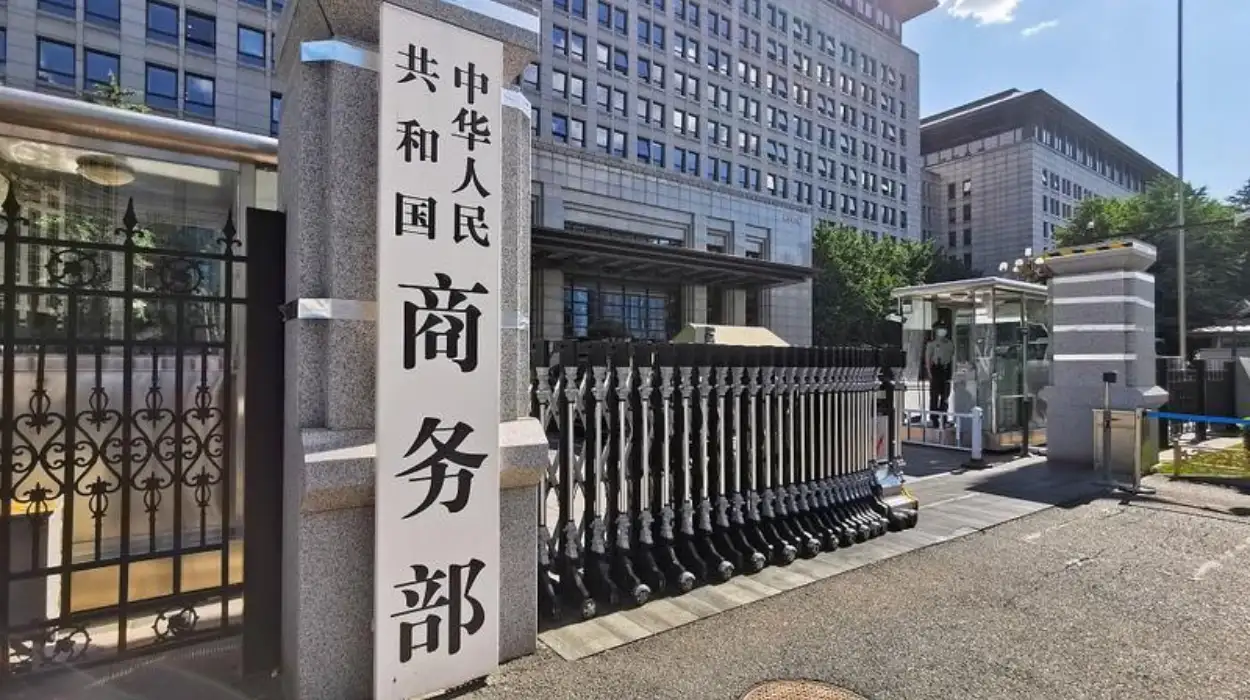As we find ourselves in January, designated Human Trafficking Prevention Month – here’s what’s most important to know about the issue.
By now, many people have heard of human trafficking and slavery, but did you know that around 50 million people are trafficked and enslaved worldwide? This figure is shocking, but even more shocking is that it is an increase of over 10 million people since 2017.
Prevention, prosecution, defence and partnership
In 2021, President Biden’s administration released an “action plan” to combat human trafficking, focusing on prevention, prosecution and protection. While not explicit, the plan emphasizes the importance of partnership as government agencies make greater efforts to work with nonprofits, academic institutions and tribal governments. The latter is specifically to draw attention to the hundreds of cases of missing and murdered women.
Focusing on labour trafficking, as well as trafficking for prostitution, is essential because there are actually more cases of labour trafficking in the United States and abroad. The International Labor Organization estimates that just over 22% of trafficking is sexual.
If the definition of sex trafficking included all forms of child marriage, forced marriage, bride buying and sex tourism, surely these numbers would be much higher.
All of these figures must be placed against the background that human trafficking is an estimated $150 billion industry. With such an astronomical profit, it is easy to understand why traffickers, exploiters and pimps continue to sell human beings.
10 things you need to know about human trafficking
Ending human trafficking takes more than a month dedicated to it. However, the starting point is the same – to begin understanding the problem. So let’s start over.
The most important things to know:
• Trafficking in persons is defined as the recruitment, transportation, transfer, harbouring or reception of persons by force or fraud for the purpose of exploiting them for profit.
• Human trafficking affects people of all ages, genders and nationalities, although women and children are particularly vulnerable.
• Human trafficking can take many forms, including trafficking for sex, labour trafficking and organ trafficking.
• The main drivers of human trafficking are the demand for cheap labour, goods and services and the lack of effective laws and enforcement mechanisms to protect people from exploitation.
• Human trafficking is often hidden, making it difficult to identify and prosecute traffickers. Victims may be afraid to come forward or may not even realize they are being exploited.
• There are many indicators that someone may be a victim of human trafficking, including being controlled by someone else, having no identity documents, being in debt, and being physically or sexually abused.
• Addressing root causes and implementing effective prevention and protection measures, as well as prosecuting traffickers and providing support and services to victims, is essential to combating human trafficking.
• Governments, international organizations and non-governmental organizations work to combat human trafficking through legislation, law enforcement and victim support programs.
• You can help fight human trafficking by supporting organizations that work to prevent trafficking, protect victims and prosecute traffickers, and by being aware of the problem and speaking out.
• If you suspect that someone may be a victim of human trafficking, you should report it to the authorities or a trusted organization that can help.
Photo by lalesh aldarwish: https://www.pexels.com/photo/man-s-hand-in-shallow-focus-and-grayscale-photography-167964/





















Discussion about this post